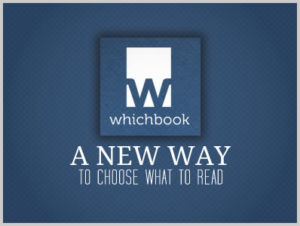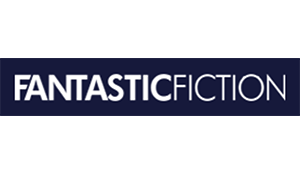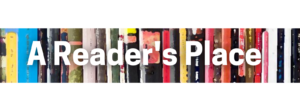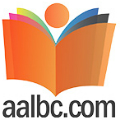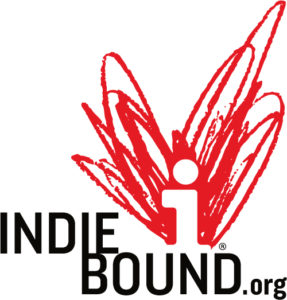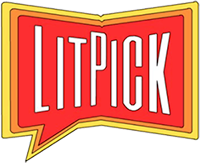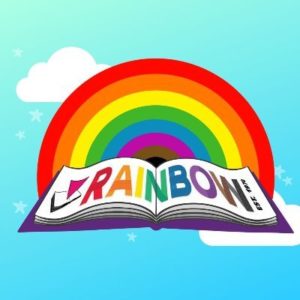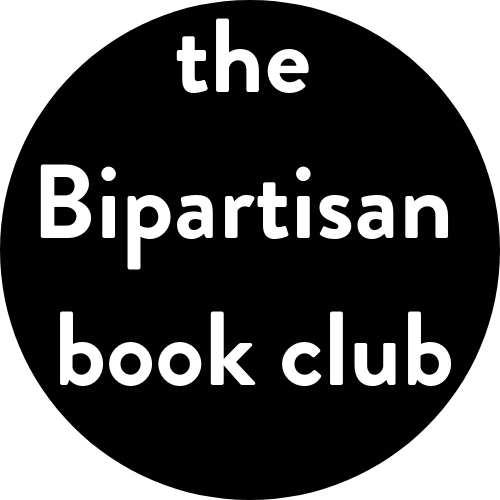What is a Reader’s Advisory Guide? It’s a directory to help you figure out what to read now and what to read next. Let your interests and your curiosity lead you to some great books!
In addition to browsing the library’s catalog, sometimes it’s helpful to browse reading guides for your next book. Whether your looking for a book for yourself or your children, there are numerous internet sites providing a wide-range of reading suggestions. The Eagle Public Library Board of Trustees, which endorses the American Library Association’s Library Bill of Rights and the Association’s interpretive statements, recognizes that not all reader’s advisory guides may be appropriate for all families. Library guests are free to reject for themselves materials of which they do not approve. The Library’s Board of Trustees believe that the responsibility for the reading and use of library materials by minors rests ultimately and completely with their parents or legal guardians. While it is the duty and responsibility of the library staff to provide advice and reading guidance, library staff may not deny use of materials to minors, thus upholding the rights of minors and those of their parents or legal guardians.
Adult
These websites focus on book reviews and “read-alike” recommendations based on authors, genres, etc. Many are user-sourced.
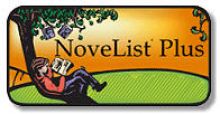
NoveList is the premier database of reading recommendations, pairing readers with their next favorite book for more than 20 years. NoveList provides intuitive book suggestions that inspire adult and young readers’ love of the written word. Providing the right book for the right reader ignites a lifelong passion for knowing more. NoveList offers recommendations for titles, authors, and series, as well as audiobooks.
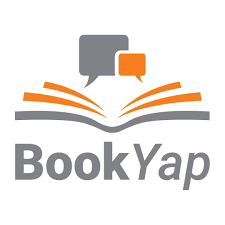
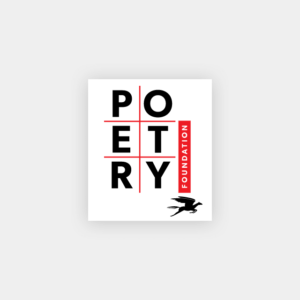
Young Adult (teen)
Young Adult literature is a genre that is separate from children’s literature. It emerged in the twentieth century when teenagers became a powerful force of the economy in the 1930s and gained prominence in the 1960s. The term “young adult literature” is inherently amorphous, for its constituent terms “young adult” and “literature” are dynamic, changing as culture and society – which provide their context – change. When the term first found common usage in the late 1960s, it referred to realistic fiction that was set in the real (as opposed to imaged), contemporary world and addressed problems, issues, and life circumstances of interest to young readers aged approximately 12 to 18. Though once dismissed as a genre consisting of little more than problem novels and romances, young adult literature has since the mid-1990’s, come of age as literature — literature that welcomes artistic innovation, experimentation, and risk-taking. [1]
As society changes, so do young adult materials. Not everything will be to everyone’s liking, and different individuals and families have different values. The reader’s advisory sources listed below are suggestions which may or may not be appropriate to your family. The use of library resources and materials by library guests is an individual matter. Responsibility for children’s and teen’s use of library resources and materials rests with their parents or legal guardians.
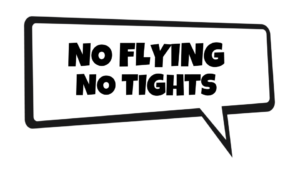
Tweens (probably ages 9 to 12)
Reading materials for tweens presents its own challenge. Readers may be reluctant to read children’s books and may prefer items from the teen areas; their parents may prefer items from the children’s collection. The suggested reader’s advisory sites below may help families select materials that are most appropriate for the guest’s family. The use of library resources and materials by library guests is an individual matter. Responsibility for children’s and teen’s use of library resources and materials rests with their parents or legal guardians.

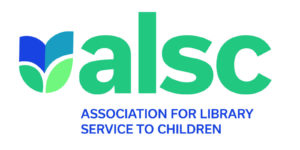
Children (birth to 12)



